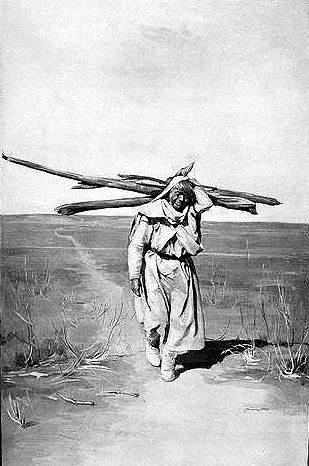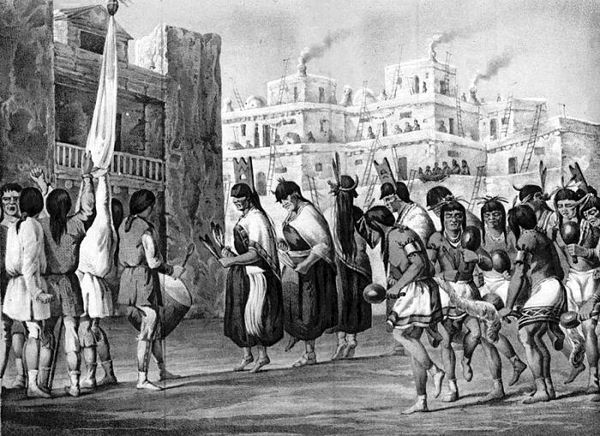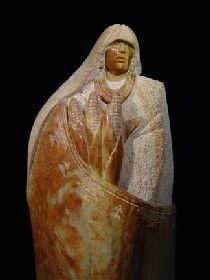
Echoes in the American Soul: The Enduring Search for Legends in a Nation Forged by Story
America, a nation relatively young in geopolitical terms, possesses a soul deeply etched with stories. From the ancient oral traditions of its Indigenous peoples to the tall tales of the frontier, the cautionary urban myths of modernity, and the foundational narratives of its very inception, legends are not mere footnotes in the national saga; they are the bedrock upon which identity is built, values are transmitted, and the collective imagination takes flight. To embark on a "legend search" in the heart of America is to traverse a landscape of wonder, fear, aspiration, and the enduring human need to make sense of the world. It is a journey into the "middle" ground where history blurs with fantasy, and the past continually reshapes the present.
The search for American legends must begin not with the arrival of European ships, but millennia earlier, on lands shaped by the first inhabitants. The Indigenous narratives, often sacred and intricately tied to specific geographies, represent the deepest strata of American legendry. These are not just stories; they are cosmologies, moral codes, and explanations of creation itself. Consider the Zuni people of New Mexico, whose ancient pueblos stand as testament to a continuous culture rich in myth. Their legend search middle is deeply rooted in the land around them, in the towering mesas and fertile valleys. Zuni origin stories speak of the world’s emergence from four wombs of the earth, guided by the powerful Twin War Gods, Ahayuta and Matsailema, whose heroic deeds shaped the landscape and established the Zuni way of life. These narratives, passed down through generations of oral tradition, reinforced by ceremonial practice, and embodied in sacred spaces, are living legends. They offer not just entertainment but profound spiritual guidance, connecting the Zuni to their ancestors, their land, and the very fabric of existence. The famous "A’shiwi" or "People of the Middle Place" title for the Zuni reflects this centrality to their world view, a microcosm of the legend search itself – seeking the core, the essence.
As European settlers began to carve out a new nation, they brought with them their own folklore, which quickly intermingled with and adapted to the new environment. The early American legends often served to solidify a fledgling national identity and instill civic virtues. George Washington, the stoic general and first president, became the subject of tales like the cherry tree incident – a story likely fabricated by biographer Mason Locke Weems, but one that powerfully cemented Washington’s image as a man of unimpeachable honesty. Paul Revere’s midnight ride, immortalized by Henry Wadsworth Longfellow’s poem, transformed a tactical alarm into a symbol of courageous individual action against tyranny. These legends, though perhaps embellished or entirely invented, became essential for a nation striving to define itself, offering moral exemplars and rallying points for a nascent collective consciousness.

The 19th century, marked by westward expansion and the Industrial Revolution, proved to be fertile ground for a new crop of uniquely American legends. The vast, untamed frontier gave birth to the larger-than-life "tall tales" that embodied the spirit of rugged individualism and man’s triumph over nature. Paul Bunyan, the colossal lumberjack whose axe carved out rivers and whose blue ox, Babe, could flatten mountains, became the quintessential American folk hero. He represented the immense scale of the land and the audacious spirit of those who sought to conquer it. Pecos Bill, born in Texas and raised by coyotes, rode a mountain lion and tamed the wildest horses, personifying the untamed spirit of the cowboy. These legends were not just stories; they were cultural expressions of a nation grappling with its own manifest destiny, projecting its aspirations onto mythical figures.
But the frontier also bred legends of a darker, more ambiguous nature. The Wild West was a land of outlaws and lawmen, and figures like Jesse James, Billy the Kid, and Wyatt Earp became legendary, their exploits often romanticized and their moral compasses blurred. Were they heroes or villains? The legends offered a space for this ambiguity, allowing audiences to project their own hopes for justice or their anxieties about lawlessness onto these iconic figures. The legend search here delves into the grey areas of human morality, exploring the complex interplay of individual action and societal perception.
As America industrialized, new legends emerged from the factories and rail lines. John Henry, the "steel-driving man," stands as a poignant symbol of the human spirit’s struggle against the relentless march of technology. His legendary race against a steam-powered hammer, culminating in his death "with a hammer in his hand," speaks to the dignity of labor, the cost of progress, and the enduring value of human strength and will in an increasingly mechanized world. This legend, rooted in the arduous construction of railroads, became an anthem for the working class, a testament to the power and sacrifice of the common man.
Beyond the historical and occupational narratives, America’s vast and varied landscape also harbors a rich tapestry of supernatural and cryptid legends. From the dense forests of the Pacific Northwest, where Bigfoot or Sasquatch is said to roam, to the murky waters of Lake Champlain, home to "Champy," the American equivalent of the Loch Ness Monster, these creatures of mystery tap into a primal human fascination with the unknown. The Mothman of West Virginia, a winged humanoid creature sighted before the collapse of the Silver Bridge in 1967, blends local folklore with a tragic historical event, creating a legend steeped in both fear and prophetic warning. These stories often serve as cultural repositories for anxieties about the wilderness, the limits of scientific understanding, and the ever-present possibility of something other lurking just beyond our perception. They thrive in the "legend search middle" – the space between what we know and what we desperately want to believe, or disbelieve.
In the modern era, the legend search has evolved, adapting to new technologies and anxieties. Urban legends, transmitted through chain emails, social media, and word-of-mouth, reflect contemporary fears and societal concerns. Tales of strangers with poisoned needles, razor blades in Halloween candy, or sinister figures lurking in the shadows of everyday life tap into collective anxieties about safety, identity theft, and the erosion of trust. The internet, far from diminishing the power of legend, has become a fertile new ground for their propagation, giving birth to phenomena like the Slender Man, a purely digital creation that blurred the lines between fiction and reality with tragic consequences. These modern legends, though often ephemeral and rapidly evolving, serve the same fundamental purpose as their ancient counterparts: to explain the unexplainable, to warn, to entertain, and to provide a framework for understanding a complex world.
The "legend search middle" is therefore not a static place, but a dynamic process. It is the ongoing work of folklorists who meticulously collect and analyze these narratives, recognizing their profound cultural significance. It is in the local historical societies preserving oral histories and the dedicated communities that celebrate their unique regional myths through festivals and commemorations. It is also in the adaptations of these legends into literature, film, and popular culture, which keep them alive and relevant for new generations. Joseph Campbell, the renowned mythologist, famously stated, "Myth is the secret opening through which the inexhaustible energies of the cosmos pour into human cultural manifestation." In America, this pouring forth has created a vibrant, diverse, and ever-evolving body of legends that continues to shape who we are.
Ultimately, the legends of America are more than just old stories; they are the arteries through which the nation’s cultural blood flows. From the sacred narratives of the Zuni, connecting humanity to the earth and cosmos, to the grand aspirations of Paul Bunyan, the moral quandaries of Jesse James, the sacrifice of John Henry, and the modern anxieties of urban myths, these legends provide a shared vocabulary for understanding ourselves and our place in the world. They are a constant reminder that beneath the surface of everyday life, there is a deep well of meaning, mystery, and human experience waiting to be discovered. The search for these legends is not just an archaeological dig into the past; it is an ongoing exploration of the American soul, a journey into the heart of what it means to be a nation forged by story.



